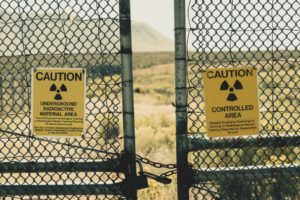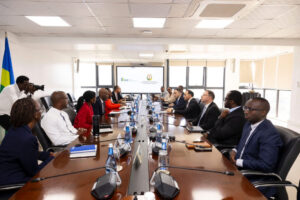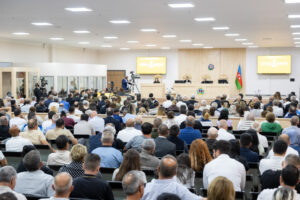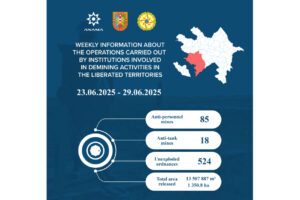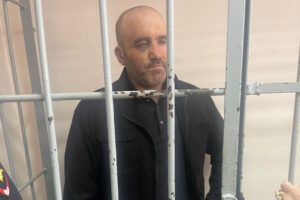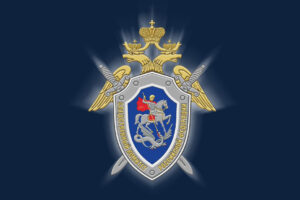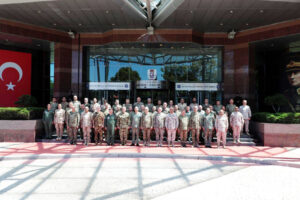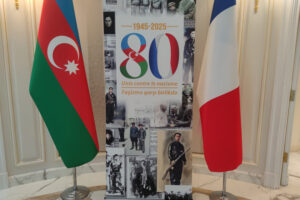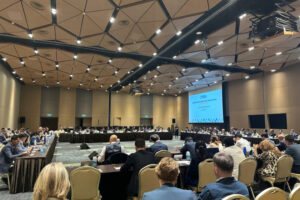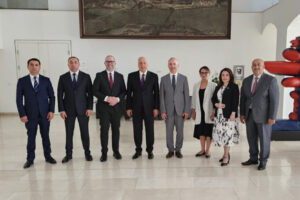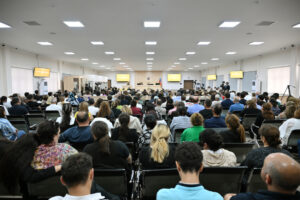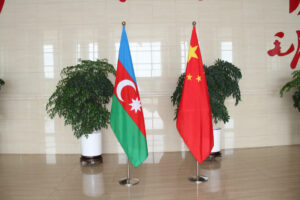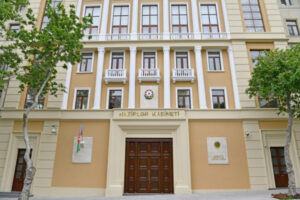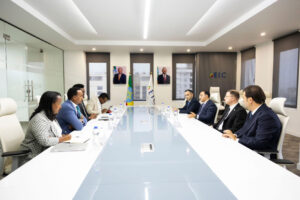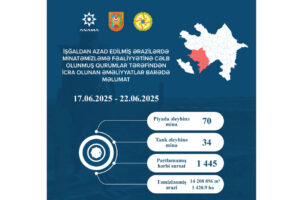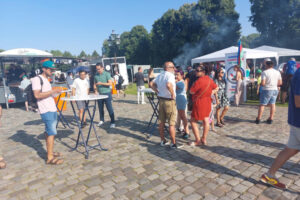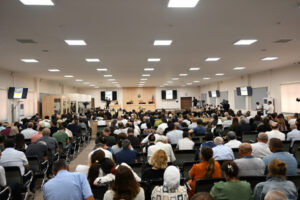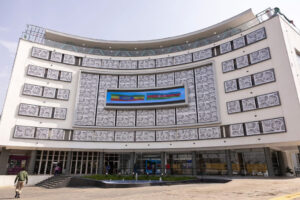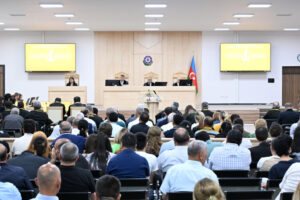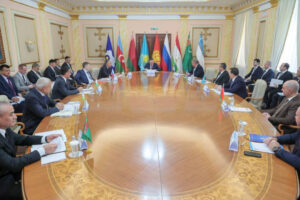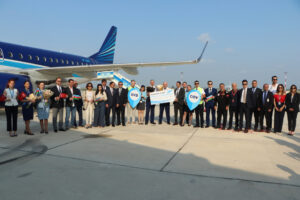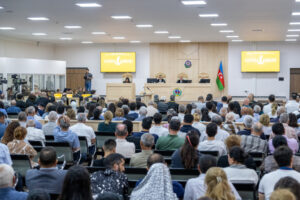Tokyo, 27 June, /AJMEDIA/
Until the 1960s, few knew of a special unit of Navajo code talkers in the U.S. Marine Corps who helped ensure the secrecy of U.S. military communications in the Pacific theater during World War II.
For the past several decades, however, their story has been chronicled by a photographer from Japan, the country with which they were at war, who has not only celebrated their pivotal wartime contributions but also shed light on the complex legacy of cultural suppression they endured.
The young Native American men experienced combat in several battles including the Battle of Okinawa, which raged for nearly three months until June 1945 and is widely considered the war’s bloodiest conflict in the Pacific theater.
One of his photos, taken in 1987, is of a man named King Mike, a code talker who served in the Marines’ sixth division in fierce battles including in Guam and other places. Mike was also called to duty when his division landed on Okinawa in April 1945 and served there for several months.
In the black-and-white photo, the elderly former Marine holds a Japanese Hinomaru flag inscribed with Japanese handwritten messages including the kanji characters for Okinawa as well as the Ryukyu Islands — the name for Japanese islands that stretch southwest from Kyushu to Taiwan. Mike had taken the silk cloth flag back with him to his Navajo reservation in Arizona as a keepsake.
Normally, the rules of the tribe would have prevented the former Marine from taking an article from the battlefield, Kawano said, but Mike had explained that a “kind person” had written the words on the flag and presented it to him as a gift.
Mike, who according to Kawano was born in 1916, told him that Japanese people’s faces were similar in appearance to the Navajo and so they felt “an affinity” toward them. He said he was “impressed with their dedication to education.”
According to the National Museum of the Marine Corps and other sources, the U.S. military developed a code using the Navajo language to stop Japan from intercepting its communications.
In 1942, the U.S. military recruited Navajo troops to form a unit and developed a complex code — including substituting some words for others and a method called compounding in which new words were created with coded meanings.
In major operations in the Pacific theater, code talkers stationed in strategic locations and special regiments at all levels of the Marine Corps communicated via radio with other Navajo troops in remote areas where the messages were then translated into English.
In World War II, 723 Native Americans were assigned to the Marines with a little more than 400 becoming Navajo code talkers. Initially starting with 211 code words in the pilot group, there were nearly 700 words in the encrypted language by the war’s end.
The existence of the unit was kept secret after the war and only became public knowledge after being declassified by the U.S. government in the late 1960s.
Born in 1949 in Fukuoka Prefecture, southwestern Japan, Kawano went abroad to the United States in his 20s to hone his skills as a photographer. In 1975, a Navajo who had picked him up hitchhiking revealed he had fought against the Japanese in the war.
The men became fast friends and Kawano, who was later introduced to the man’s fellow Navajo code talkers from the Marine Corps, began snapping their photos. He published a photo album featuring about 70 of them in the United States in 1990.
Kawano, who permanently settled on a reservation in Arizona after marrying a Navajo woman, continues his photography work today. In all, he has profiled roughly 120 of the former code talkers and now plans to publish a Japanese edition.
Many of his subjects were from a generation where the Navajo language was forbidden in schools due to policies mandating assimilation, and where violators were subjected to corporal punishment.
Kawano believes it is his mission to shine his own light on the history of oppression of Native Americans, who faced barriers to full citizenship until 1924 and did not achieve full suffrage across the nation until New Mexico became the last of the 50 states to allow indigenous people the right to vote in 1962.
“I want to leave behind these photographs of the living witnesses who were at the mercy of the U.S. government,” said Kawano.
Navajo Nation, the Native American reservation of the Navajo people, spans three states, including parts of Arizona, New Mexico and Utah. A sovereign nation with its own government, its capital is based in Window Rock, Arizona.
© KYODO




